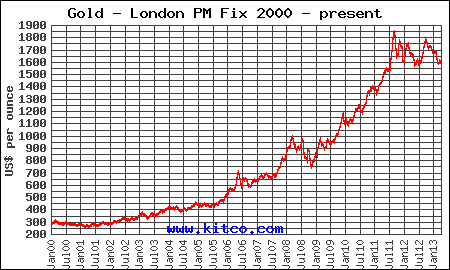 By: GE Christenson
By: GE Christenson
Unfortunately, there is not, that I can see, a simple pattern that predicts the next high or low in the price of silver. Markets seldom make it that easy. However, there are patterns that provide valuable information to help illuminate the “big picture” perspective of where the current price of silver lies in the up-down-up-down cycle of prices.
Process
- Examine monthly prices since 1972 – over 40 years. Use monthly prices to see only the “big picture” with important lows and highs.
- List the dates for important lows, and determine the number of months between adjacent lows.
- Look for simple patterns.
- Group One Lows: 8/77, 6/82, 5/86, 2/91, 3/95, 8/98, 5/04, 10/08, 4/13. They are separated by the following number of months: 58, 47, 57, 49, 41, 69, 53, 54. (average 53.5)
- Group Two Lows: 2/93, 7/97, 11/01, and they are separated by 53 and 52 months.
Significant lows are separated by approximately 4.5 years, with rather wide variations. I doubt you can trade this; but, if you are investing for the long term, this indicates that buying aggressively approximately every four to five years should work out fairly well. April 2013 looks like it is at or near a multi-year low.
Big Picture Summary
- Governments spend in excess of their revenues and create ever-increasing debts.
- Central banks create the digital to keep the debt machines running, thereby increasing the supply and inevitably increasing prices.
- Do you remember gasoline at $0.15 along with other goods and services at similarly “unbelievable” prices? Those days disappeared with the huge increase in the number of dollars in circulation, particularly after Nixon severed the link between gold and the dollar in August 1971.
- Silver prices fall until there are few sellers left, rise until there are few buyers remaining, and repeat the cycle.
- Each low to high to low cycle takes roughly 4.5 years. At price peaks, the silver bulls are euphoric, while they are depressed and worried at the lows.
- Ask yourself, “Does now feel like a low or a high in the silver price?”
- About 4.5 years ago there was an important low in the silver price – October 2008.
- About 4.5 years before that, there was another important low in the silver price – May 2004.
- Highs follow lows.
For additional information, read Silver – Keep it Simple! and Silver – A Bipolar Roller Coaster.
GE Christenson
aka Deviant Investor



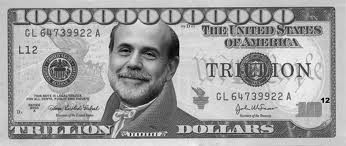 By GE Christenson
By GE Christenson The exploding demand for physical gold and silver has become a worldwide phenomenon. Shortly after the price plunge of early April buyers rushed in to take advantage of bargain prices. Dealers and mints worldwide have reported off the charts demand for physical gold and silver.
The exploding demand for physical gold and silver has become a worldwide phenomenon. Shortly after the price plunge of early April buyers rushed in to take advantage of bargain prices. Dealers and mints worldwide have reported off the charts demand for physical gold and silver. By: GE Christenson
By: GE Christenson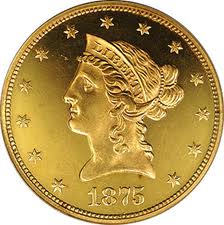 Don’t precious metal investors read newspapers? Despite proclamations from the mainstream press that the bull market in gold and silver is over, a buying frenzy in precious metals is occurring worldwide. The gold rush mentality to buy gold and silver at bargain prices has resulted in stock out conditions for many retail sellers of precious metals, including
Don’t precious metal investors read newspapers? Despite proclamations from the mainstream press that the bull market in gold and silver is over, a buying frenzy in precious metals is occurring worldwide. The gold rush mentality to buy gold and silver at bargain prices has resulted in stock out conditions for many retail sellers of precious metals, including  By: GE Christenson
By: GE Christenson
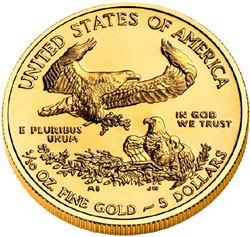 We already knew from numerous
We already knew from numerous 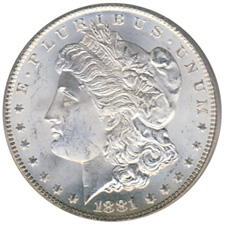 We have probably all heard enough already from the mainstream nitwits who are forecasting the end of the gold bull market and further price declines. Funny thing though, most precious metal investors don’t need advice from self proclaimed experts on how to invest their money. The explicitly stated goal of central banks to increase the rate of inflation through currency debasement is blatantly obvious. Investors are acting accordingly by taking advantage of the recent decline in precious metal prices.
We have probably all heard enough already from the mainstream nitwits who are forecasting the end of the gold bull market and further price declines. Funny thing though, most precious metal investors don’t need advice from self proclaimed experts on how to invest their money. The explicitly stated goal of central banks to increase the rate of inflation through currency debasement is blatantly obvious. Investors are acting accordingly by taking advantage of the recent decline in precious metal prices.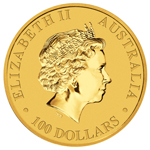
 The stunning and unprecedented April gold crash has staggered investors with huge losses. Over the course of the first two weeks of April gold has declined by $203.50 or almost 13%. Since the beginning of the year, gold has crashed $313.75 or 18.5%.
The stunning and unprecedented April gold crash has staggered investors with huge losses. Over the course of the first two weeks of April gold has declined by $203.50 or almost 13%. Since the beginning of the year, gold has crashed $313.75 or 18.5%.